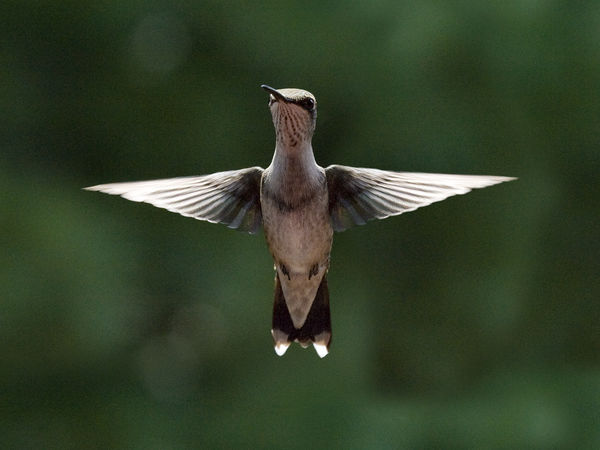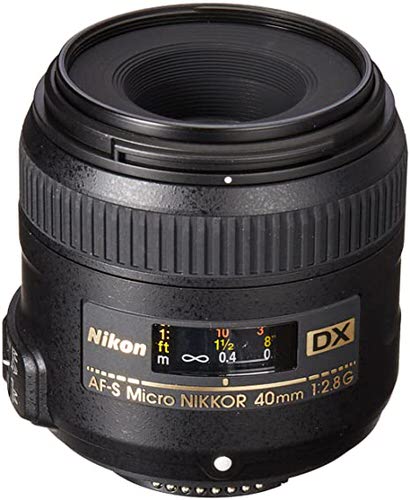
(I know what a hassle that can be because I have a 24mm lens with a moving front element. IF makes using a polarizer easier since the front element isn't moving.
NIKON MACRO LENS FOR D5000 PLUS
plus it, like the 70-200mm, is an IF (Internal Focusing) lens. I like the 105mm since it gives you a better working distance from bees, wasps, etc. A true macro/micro lens also has a flat field of focus which is needed for photographing documents or paintings. A close-focusing zoom will seldom exceed a 1:4 (1/4 life-size) image of your subject.
NIKON MACRO LENS FOR D5000 FULL
A true macro lens (Nikon, for reasons unknown, calls their macro lenses "micro") will give you a full 1:1 (life-sized) image of your subject. I believe they should be labeled "close focusing". In my opinion, attaching the word "macro" to a zoom lens is misleading.
NIKON MACRO LENS FOR D5000 ISO
From the test reports I've read about the D5000 it can handle ISO 400 easily.įor real macro photography, buy a true macro lens. You can always use ISO 400 instead of ISO 100 and regain those two stops. NOTE: You do lose 2 full stops so your f2.8 behaves like an f5.6 but on a sunny day or used with a tripod that usually isn't a problem. If you really, really need a longer focal length invest in the AF-S Teleconverter TC-20E II and your 70-200mm lens becomes a 140-400mm. Its easy to see why a fast, constant aperture zoom is preferred over a slow, variable aperture zoom. At f5.6 your shutter speed drops to 1/30 sec. If you stop down to f4.5 your shutter speed drops to 1/50 sec. Suppose you're in a situation where using ISO 100 and f2.8 gives you a shutter speed of 1/125 sec. The f2.8 constant aperture will also prove beneficial when using the video feature on your D5000.

Yes, its a "shorter" lens (200mm vs 300mm) but the overall performance will make up for that in my opinion. With the constant f2.8 aperture you lose nothing when shooting wide open and zooming from 70mm to 200mm. An f2.8 lens is 1-1/3 stops faster than f4.5 and 2 full stops faster than f5.6. Its major advantages over the 70-300mm f4.5-5.6 are the f2.8 constant aperture and its faster speed. I suggest looking at the AF-S VR Zoom-Nikkor 70-200mm f2.8 IF-ED lens. I shoot daytime field sports with a Sigma 150-500 mm that is only $999, new. You can also consider 3rd party lenses, Sigma makes a 70-200 mm f/2.8 that is only $800, but again 200mm is more a court sports lens rather than a field sports lens. They make the AF 80-200 f/2.8 that only costs $1300 and you could use the money you save to get a D90 instead of the D5000 and not be limited to only AF-S lenses since the D90 has a lens focus motor in the body. So, you make a 12 MP image and throw 6 MP away when you crop.Īs far as shooting at dusk you'll need to have a fast lens (f/2.8 at least) that also has reach. You can use a 200 mm lens but you will have to crop the images to increase the subject scale. To capture any sort of subject image scale when capturing field sports images you'll find a 300 mm lens to be about the minimum. There are times the photographer needs to manually focus rather than auto focus.Īt any rate to be able to auto focus on a D5000 you need to select lenses that are AF-S, or AF-I an older stye of lens.ĪF stands for auto focus and the S means the lens has a Silent Wave focus motor in it. Virtually every Nikon lens made since 1959 is compatable on a D5000.īack in the day cameras didn't have computers and things like auto focus so some of the older lenses may not meter or may not auto focus.

Click to expand.First regards lens compatability.


 0 kommentar(er)
0 kommentar(er)
